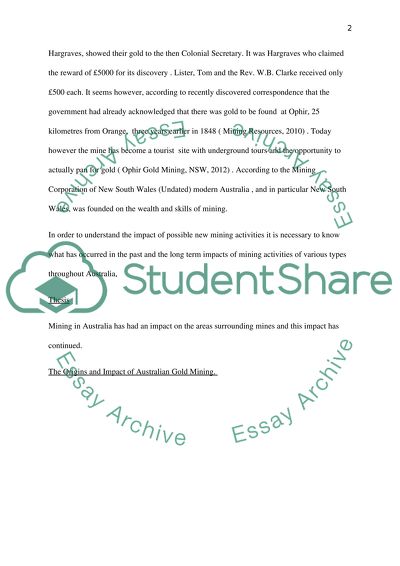Cite this document
(“The History of Australian Mining Assignment Example | Topics and Well Written Essays - 1500 words”, n.d.)
The History of Australian Mining Assignment Example | Topics and Well Written Essays - 1500 words. Retrieved from https://studentshare.org/engineering-and-construction/1610664-early-history-of-australia-mining-industry
The History of Australian Mining Assignment Example | Topics and Well Written Essays - 1500 words. Retrieved from https://studentshare.org/engineering-and-construction/1610664-early-history-of-australia-mining-industry
(The History of Australian Mining Assignment Example | Topics and Well Written Essays - 1500 Words)
The History of Australian Mining Assignment Example | Topics and Well Written Essays - 1500 Words. https://studentshare.org/engineering-and-construction/1610664-early-history-of-australia-mining-industry.
The History of Australian Mining Assignment Example | Topics and Well Written Essays - 1500 Words. https://studentshare.org/engineering-and-construction/1610664-early-history-of-australia-mining-industry.
“The History of Australian Mining Assignment Example | Topics and Well Written Essays - 1500 Words”, n.d. https://studentshare.org/engineering-and-construction/1610664-early-history-of-australia-mining-industry.


